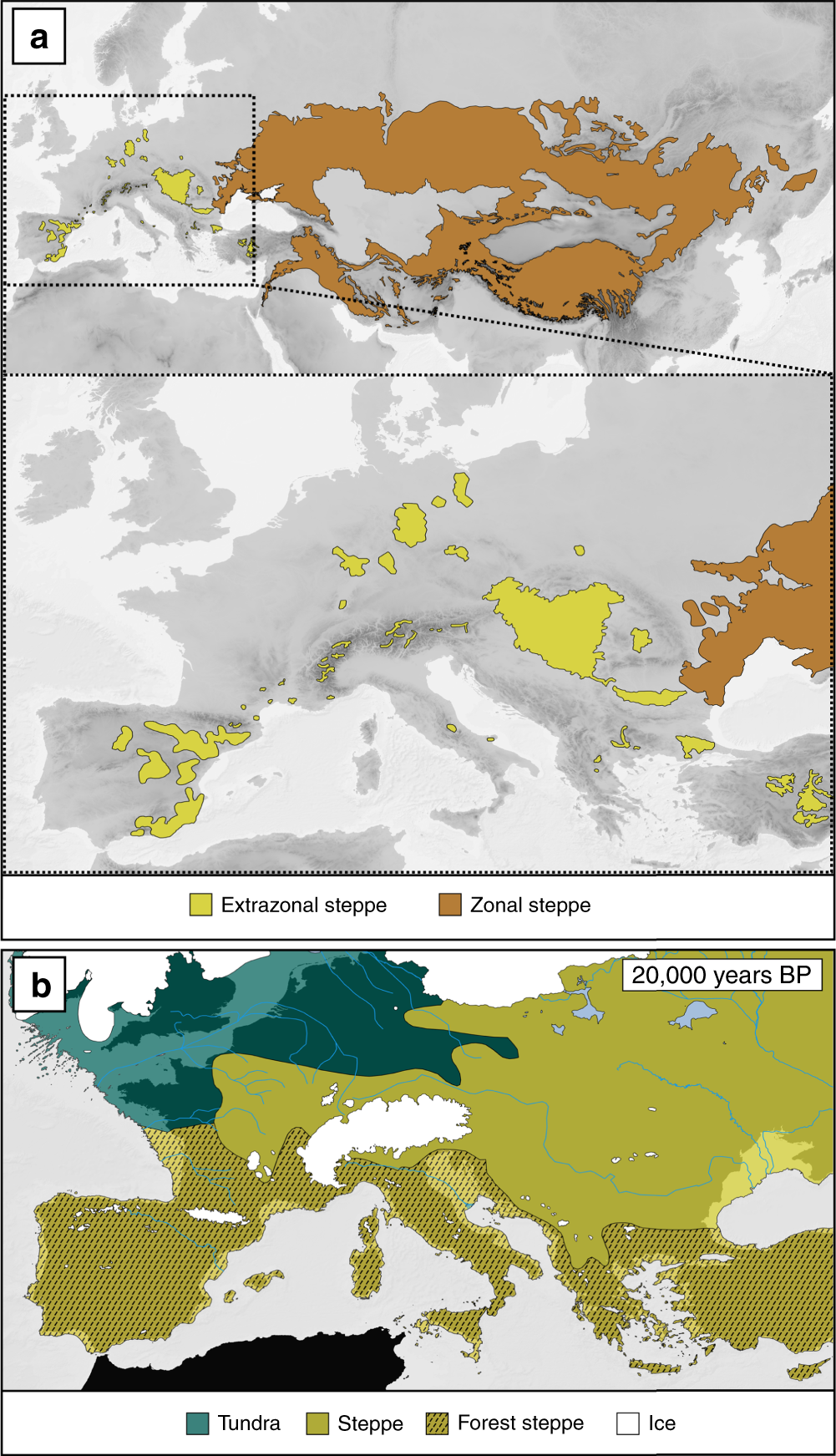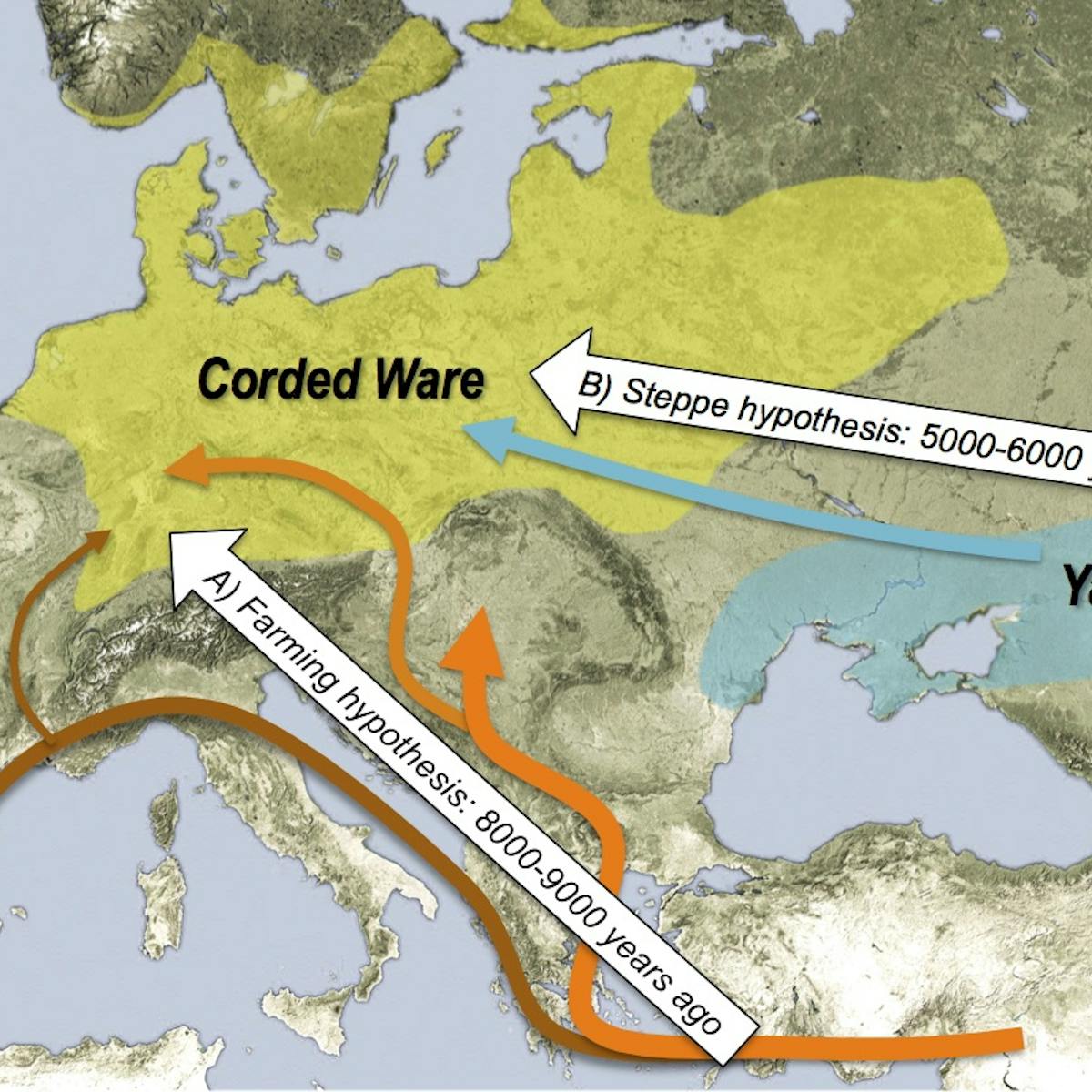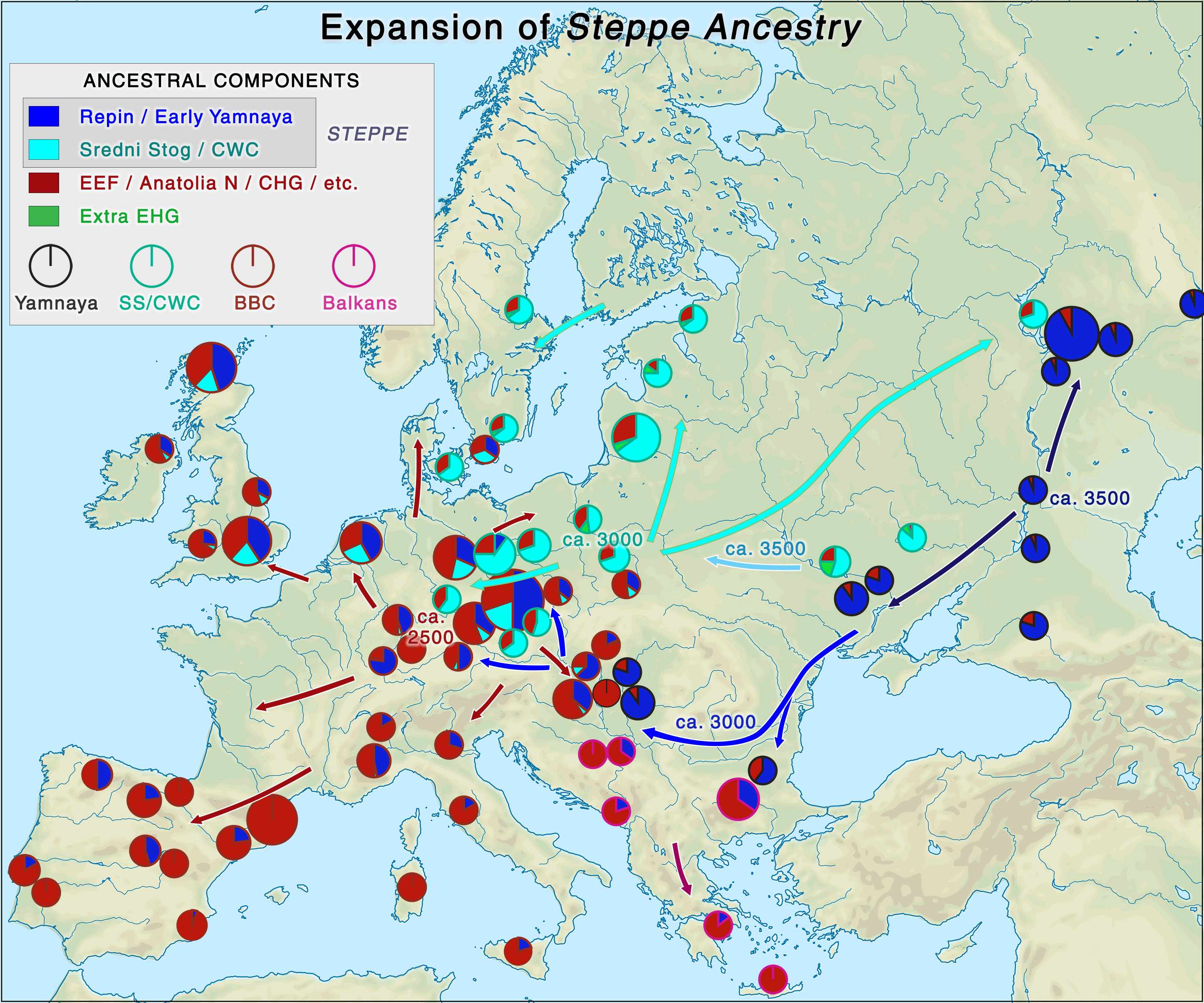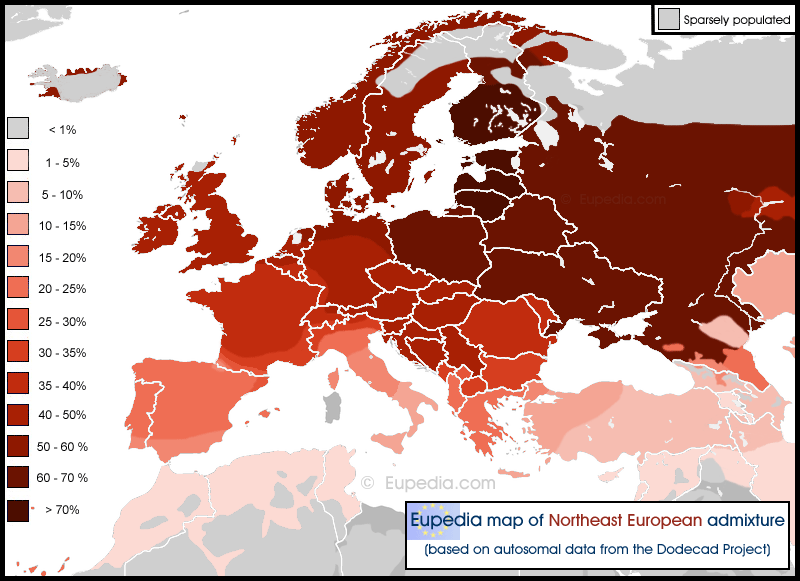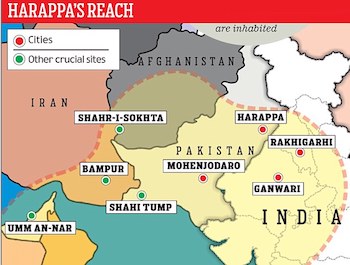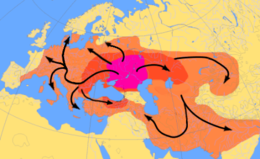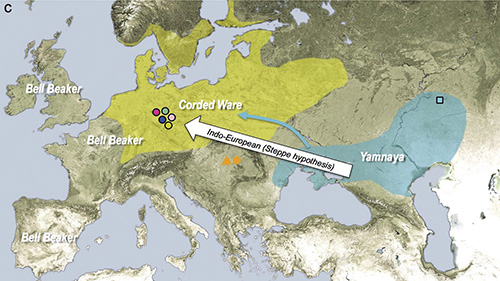Indus Valley people did not have genetic contribution from the steppes: Head of Ancient DNA Lab testing Rakhigarhi samples

Largest-ever ancient-DNA study illuminates millennia of South and Central Asian prehistory | Aζ South Asia

Dispatches From Turtle Island: The Tarim Mummies Were Not Migrants From Steppe; Horses Did Not Drive Early Indo-European Expansion

Two studies on ancient DNA released: 'No central Asian Steppe ancestry among Harappans' | India News,The Indian Express
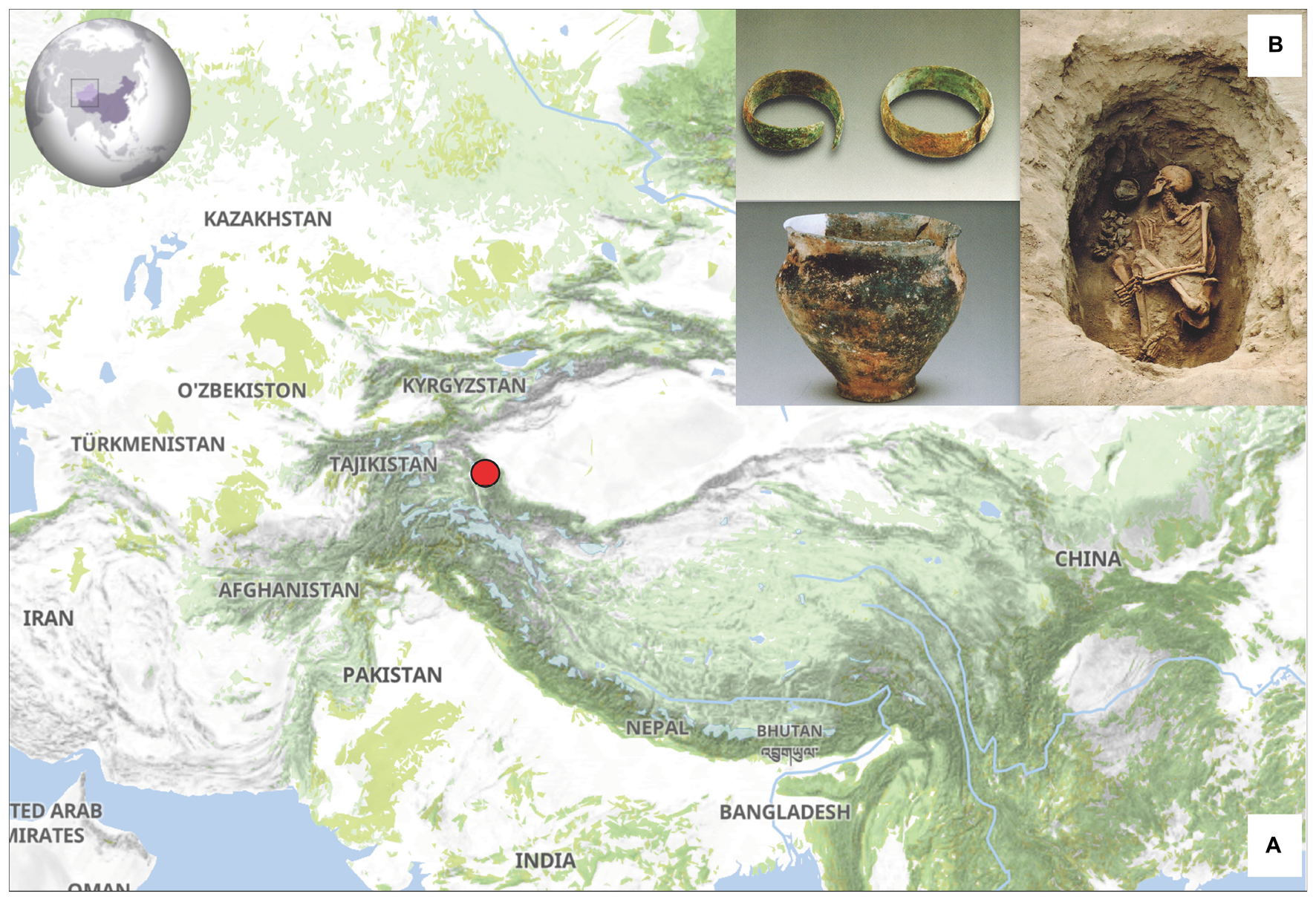
Frontiers | Ancient Mitochondrial Genomes Reveal Extensive Genetic Influence of the Steppe Pastoralists in Western Xinjiang | Genetics
